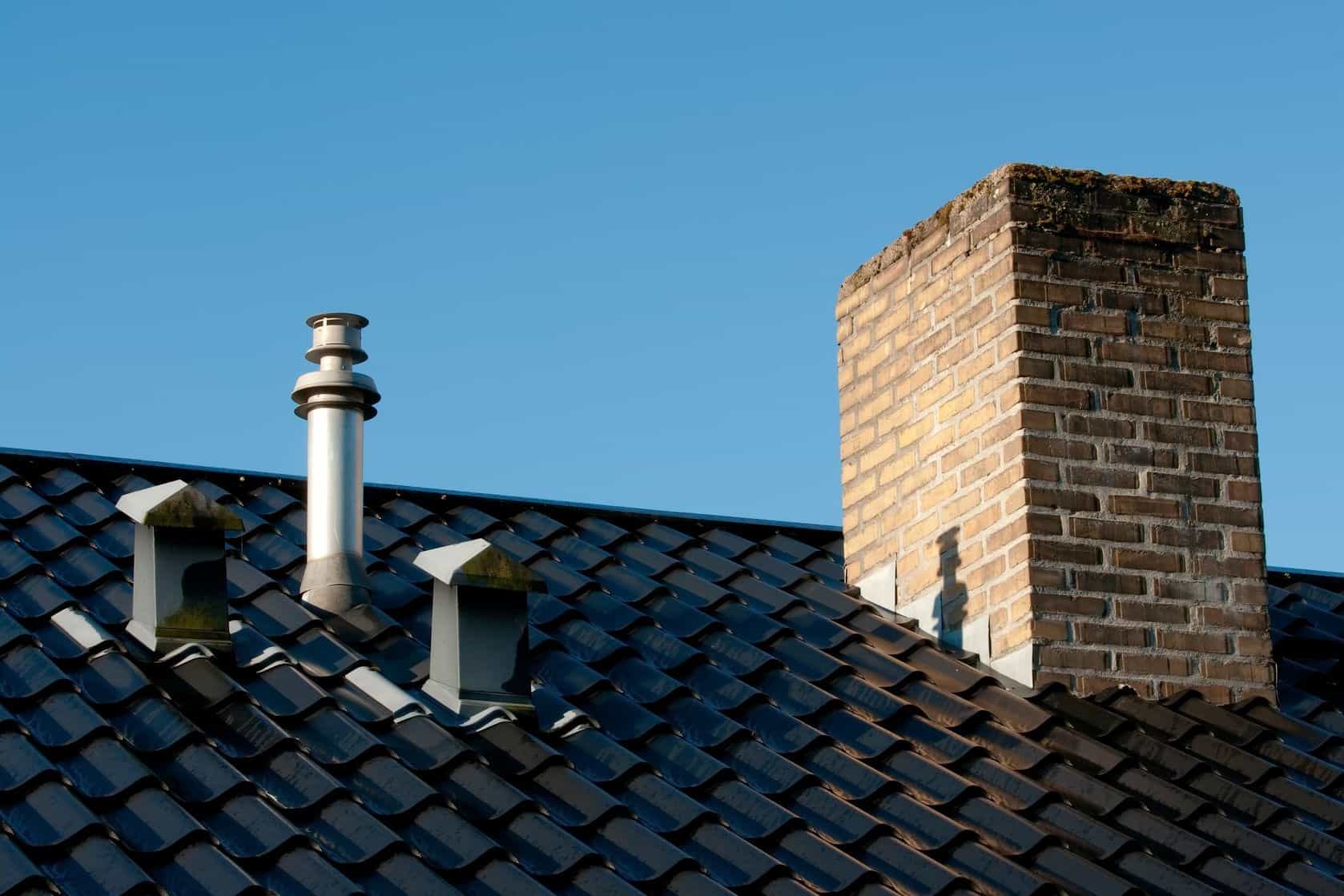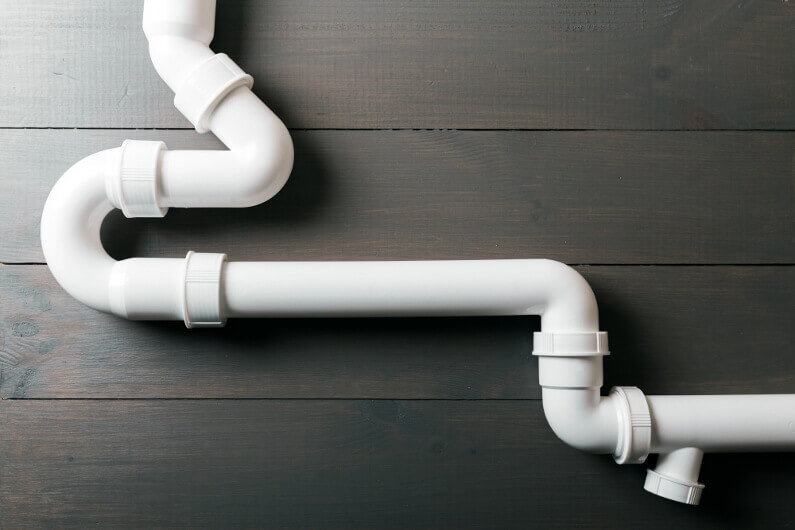The Significance of Proper Ventilation in Home Plumbing Systems
The Significance of Proper Ventilation in Home Plumbing Systems
Blog Article
How do you really feel on the subject of Why Plumbing Air Vents Are Important?

Proper ventilation in plumbing systems is usually overlooked, yet it is essential for maintaining the functionality and safety of your home's plumbing. Air flow aids manage atmospheric pressure, stop the accumulation of damaging gases, and guarantee the efficient removal of waste. In this overview, we will certainly discover the value of correct plumbing air flow, exactly how it functions, and the advantages it gives your pipes system.
Exactly How Ventilation Works in Pipes Systems
Atmospheric Pressure Policy
Proper air flow maintains balanced air pressure within the pipes system. When water flows via pipelines, it displaces air. Without ample air flow, this variation can produce unfavorable pressure, resulting in slow drains pipes or siphoning of water from catches, which can trigger unpleasant smells to leak into the home.
Avoiding Sewer Gas Build-up
One of one of the most essential functions of pipes vents is to stop sewer gases, such as methane and hydrogen sulfide, from gathering within the home. These gases can position serious wellness risks and are extremely flammable. Vent pipes allow these gases to leave securely outside.
Assisting in Waste Removal
Air flow assists in the reliable elimination of wastewater by preventing airlocks in the drainage system. When air can flow openly through the vents, it allows water and waste to flow smoothly through the pipelines, reducing the threat of blockages and backups.
Advantages of Proper Air Flow
Improved System Efficiency
Effectively ventilated pipes systems operate extra efficiently, with less clogs, faster draining pipes, and less stress on the pipes. This efficiency prolongs the lifespan of the plumbing system.
Improved Air Quality
By protecting against sewage system gases from entering your home, correct ventilation adds to far better indoor air quality, making your living atmosphere healthier and much more comfortable.
Avoiding Water Damage
Ample air flow helps prevent water from being siphoned out of catches, which can result in sewer gases entering the home and causing water damages with time.
Steps to Ensure Correct Ventilation
Consulting Pipes Codes
Always consult local plumbing codes when developing or modifying your plumbing system. These codes provide the essential guidelines for correct airing vent and guarantee your system fulfills security criteria.
Routine Examination and Upkeep
Normal assessments can assist identify possible air flow issues before they come to be major issues. Maintenance tasks, such as cleaning up air vent pipes and looking for clogs, are vital for keeping the system in good working order.
Professional Installment
For new installments or significant adjustments, it's a good idea to employ an expert plumbing professional. They have the know-how to ensure the ventilation system is appropriately made and set up according to code.
Understanding Air Flow in Pipes
Ventilation in pipes describes the network of pipes that permit air to stream via the water drainage system. These vents offer several functions, consisting of regulating atmospheric pressure within the pipelines, preventing drain gases from going into the home, and helping in the smooth flow of wastewater.
Sorts Of Plumbing Vents
Main Heap Vent
The primary stack air vent, additionally known as the vent stack, is the primary vent in a plumbing system. It prolongs from the primary drain align via the roofing system, allowing gases to run away and fresh air to get in the system.
Branch Vent
Branch vents connect to the major pile air vent and serve specific components, such as sinks, toilets, and showers. These vents make certain that each fixture has appropriate air flow to operate correctly.
Air Admittance Valve (AAV).
An Air Admittance Valve (AAV) is a one-way valve that allows air to go into the plumbing system without the demand for a conventional air vent pipe expanding with the roof. AAVs are generally made use of in improvements or areas where mounting a conventional air vent is impractical.
Indicators of Poor Ventilation in Pipes.
Slow Draining Fixtures.
If your sinks, tubs, or toilets are draining pipes slowly, maybe a sign of bad ventilation. Insufficient air circulation can produce a vacuum impact, making it hard for water to drain effectively.
Gurgling Seems.
Gurgling audios coming from drains are often a result of air being drawn via water traps as a result of negative pressure in the pipes. This is a clear indicator of inadequate air flow.
Undesirable Odors.
Drain smells inside your home are a warning that your plumbing system is not effectively aerated. This can suggest that drain gases are not being sufficiently vented outside, leading to potentially hazardous problems.
Usual Air Flow Blunders.
Poor Vent Sizing.
Utilizing undersized vent pipelines can cause bad air flow and stress discrepancies in the system. It's important to utilize vents that meet the certain demands of your pipes system.
Improper Vent Placement.
Positioning vents as well far from the fixtures they serve can lower their effectiveness. Appropriate placement makes certain that air can move easily and successfully with the system.
Ignoring Code Demands.
Building ordinance give details standards for pipes air flow. Overlooking these codes can lead to a system that fails to function properly and might cause pricey repairs or health hazards.
Conclusion.
Proper ventilation is an essential part of any plumbing system, guaranteeing that it functions efficiently and safely. By recognizing the relevance of air flow, acknowledging the signs of poor air flow, and taking actions to preserve your system, you can avoid pricey concerns and shield your home's air quality.
4 Things You Should Know About Your Plumbing Vents
What Plumbing Vents Are
Also called a vent stack, a plumbing vent is a vertical pipe attached to your drain line that runs through your roof. The plumbing vent pipe, or plumbing air vent, removes gas and odors from your plumbing system and allows fresh air to enter the pipes, helping the water to flow out of the drain pipes.
What Plumbing Vents Do
Plumbing vents have two basic functions. One of which is to allow unpleasant smelling wastewater and sewer gasses to escape your plumbing system instead of entering your home. Plumbing vent pipes are typically located on roofs, away from windows, to ensure the fumes exit the home completely.
The other function of the plumbing vent is to move fresh air into your plumbing system. This helps move water through every plumbing fixture in your house, like toilets and sink drains. Think of the way in which you need to let a little air into the bottle as you pour soda in order to make the drink flow smoothly.
Different Types of Plumbing Vents
True vent: This is the most common vent option. In simplest terms, a true vent is a vertical pipe attached to your drain line that exits through the roof. They often function as the main vent that other fixtures can connect to. Re-vent pipe or auxiliary vent: Attached to the drain line near specific plumbing fixtures, re-vent pipes run up and over to connect to the main vent. Common vent: Two plumbing fixtures installed on opposite sides of a wall are typically tied into the vent stack using something known as a sanitary cross. Wet vent: This venting option operates as a drain pipe and a vent at the same time. Wet vent drainage systems drain water from one fixture while venting the air from another. Although they’ve been used for over 100 years, wet vent systems have only recently been added to the plumbing code in many areas. If you’re planning on installing one in a bathroom remodel, make sure you check your local code prior to construction. Loop vent: For free-standing fixtures like kitchen island sinks, loop vents are ideal. These vent pipes run under the floor, rise from the P-trap, and create a loop inside the cabinet sink. Air admittance valve: An AAV is a one-way mechanical valve typically installed at the site of the plumbing fixture. AAVs allow venting to occur without having to tie into a larger venting system. They’re ideal for venting fixtures where you aren’t able to easily connect to an existing vent system. Common Plumbing Vent Issues
Although vent pipes typically don’t have water flowing through them, they’re still subject to many typical plumbing issues. For example, clogs are one of the most common problems associated with sewer vent pipes. If your vent pipe gets clogged, all of your plumbing fixtures tied into the vent stack will be affected.
A sink with a slow drain that bubbles and gurgles or a strong sewage smell around your toilet are both indicators that your toilet vent pipe is clogged. Because most vent pipes exit through the roof, old leaves, twigs or even a bird’s nest could be clogging the pipe.
Clogs in your vent pipe system cause a buildup of negative pressure, meaning that water won’t be able to flow out of your home very well. It’s similar to putting your finger over the opening of a straw to trap water inside. When you remove your finger, the water is able to flow out of the straw.
If you suspect you have any blockage in your vent, make sure you have a professional come examine the situation. Left unchecked, a blocked air vent can lead to other costly repairs, like leaks and sediment buildup.
Under Pressure
Pipe vents are essential aspects of a home’s plumbing system. Owning a home means learning about all sorts of things you never put much thought into before. But by understanding as much as you can about the important systems of your home, you can keep those budgets intact and those anxiety levels low.
https://www.homeserve.com/en-us/blog/home-improvement/plumbing-vents/

Do you really like reading up on Essential Plumbing Vent Pipes: Understanding Their Role? Try leaving a review down the page. We'd be happy to see your views about this post. In hopes that you come back again before long. Remember to take the opportunity to share this article if you appreciated it. Thanks so much for your time invested reading it.
Get Started Report this page